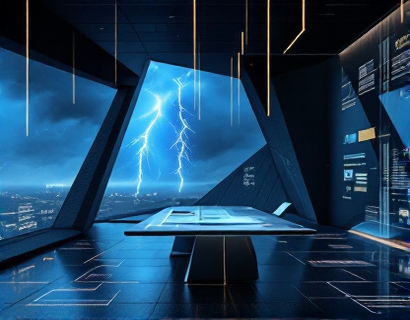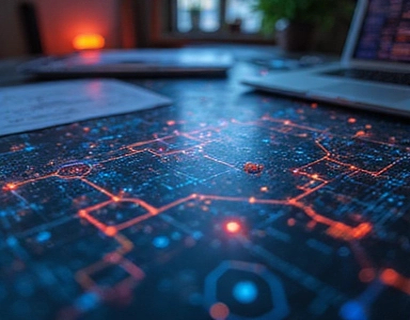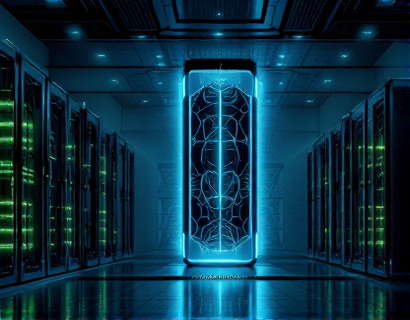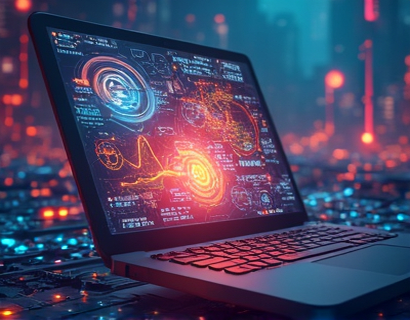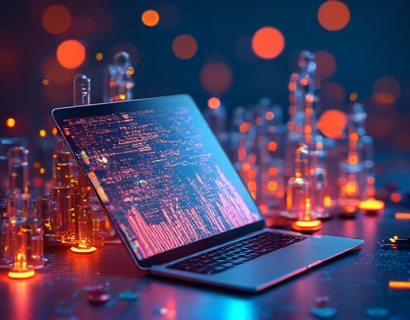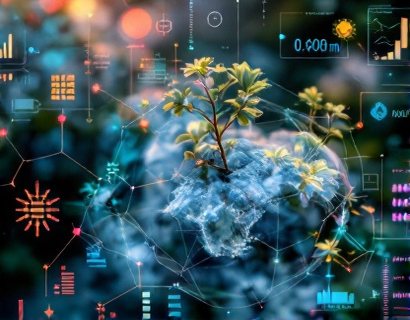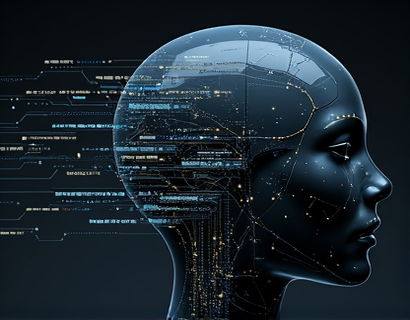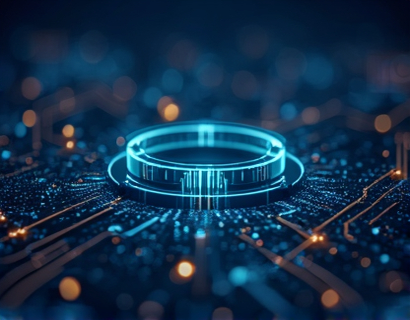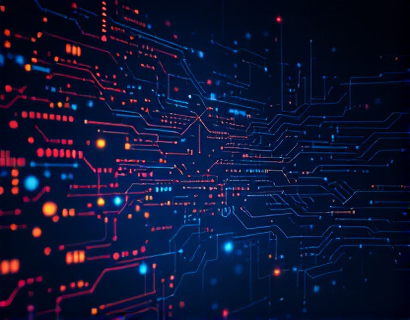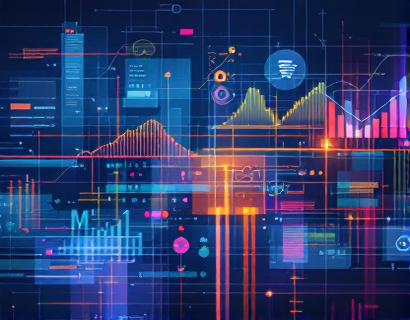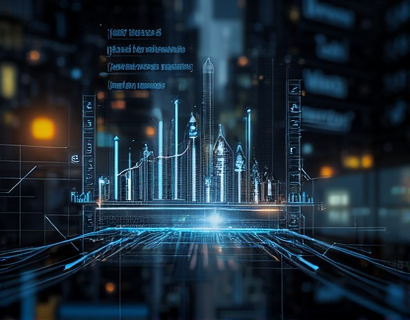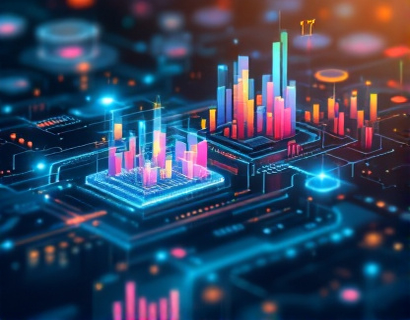Unlocking the Future of Digital Ownership: Innovative NFT Solutions for Creators and Collectors
The digital age has ushered in a new paradigm of ownership and creativity, particularly with the advent of Non-Fungible Tokens (NFTs). These unique digital assets are redefining how creators and collectors interact, own, and trade digital content. This article delves into the innovative NFT solutions that are transforming the digital landscape, offering a comprehensive look at the opportunities and challenges in this emerging field.
Understanding NFTs and Digital Ownership
NFTs, or Non-Fungible Tokens, are distinct digital assets stored on a blockchain, ensuring their uniqueness and authenticity. Unlike cryptocurrencies, which are interchangeable, each NFT represents a one-of-a-kind item, such as artwork, music, or collectibles. This inherent uniqueness allows for true digital ownership, where the owner has verifiable proof of possession and authenticity.
The concept of digital ownership is not new, but NFTs have revolutionized it by providing a secure and transparent way to prove ownership. This is particularly significant in the digital realm, where copying and distribution are effortless. NFTs ensure that the original creator's work remains traceable and valuable, even in an environment where digital content can be easily replicated.
Empowering Creators
For creators, NFTs offer a new avenue to monetize their digital work. Traditional platforms often take a significant portion of the revenue, leaving artists with minimal earnings. NFT marketplaces, however, allow creators to sell their digital assets directly to collectors, retaining a larger share of the profits. This direct connection also fosters a more personal and meaningful relationship between creators and their audience.
Moreover, NFTs enable creators to implement unique features such as royalties. When an NFT changes hands, a pre-set percentage of the sale price can automatically go back to the original creator. This ensures ongoing income and recognition for the artist, even after the initial sale. This mechanism not only incentivizes creativity but also builds a sustainable ecosystem for digital artists.
Enhancing Collector Experiences
Collectors benefit equally from the NFT revolution. The ability to own and trade unique digital assets provides a new level of engagement and exclusivity. NFTs offer collectors the chance to own rare and limited-edition digital items, much like physical collectibles. This exclusivity drives demand and can significantly increase the value of these digital assets over time.
Additionally, NFTs provide collectors with verifiable provenance and ownership history. Each transaction is recorded on the blockchain, creating an immutable record that enhances trust and authenticity. This transparency is crucial in building a reputable and reliable market for digital collectibles.
Building a Dynamic Community
One of the most transformative aspects of NFTs is the community they foster. NFT marketplaces and platforms are not just transactional spaces but vibrant ecosystems where creators and collectors interact, collaborate, and support each other. These communities often host events, challenges, and initiatives that encourage creativity and innovation.
For instance, many NFT projects include community-driven projects where a portion of the proceeds goes towards funding new artistic endeavors or supporting emerging talent. This collaborative spirit not only enriches the digital landscape but also ensures that the ecosystem remains dynamic and inclusive.
Innovative NFT Solutions
Several innovative NFT solutions are emerging to further enhance the experiences of creators and collectors. These solutions focus on improving the usability, accessibility, and functionality of NFTs, addressing some of the common challenges in the space.
User-Friendly Platforms
One of the key innovations is the development of user-friendly NFT platforms that simplify the process of creating, buying, and selling NFTs. These platforms often feature intuitive interfaces, step-by-step guides, and customer support to ensure that users of all technical backgrounds can participate. By lowering the barrier to entry, more creators and collectors can engage with the NFT ecosystem.
Interoperability and Cross-Chain Solutions
Interoperability is another critical area of innovation. Many new NFT projects are designed to be interoperable across different blockchain networks, allowing assets to be seamlessly transferred and used on various platforms. This cross-chain functionality expands the potential audience and use cases for NFTs, making them more versatile and valuable.
For example, an NFT created on one blockchain can be easily moved to another, enabling creators to reach a broader audience and collectors to access a wider range of assets. This interoperability also facilitates the development of decentralized applications (dApps) that leverage NFTs in various ways, from gaming to virtual real estate.
Enhanced Security Features
Security is paramount in the world of NFTs, and innovative solutions are being developed to address potential vulnerabilities. Advanced encryption techniques, multi-signature wallets, and decentralized identity verification are some of the measures being implemented to protect user assets and transactions.
Additionally, some platforms are incorporating fraud detection algorithms that monitor transactions for suspicious activity. These tools help maintain the integrity of the market and build trust among users. By prioritizing security, these solutions ensure that the NFT ecosystem remains safe and reliable.
Sustainable NFT Projects
The environmental impact of blockchain technology, particularly proof-of-work (PoW) consensus mechanisms, has been a point of concern. In response, several NFT projects are adopting more sustainable practices. These projects use proof-of-stake (PoS) or other energy-efficient consensus algorithms to minimize their carbon footprint.
Moreover, some initiatives are exploring the use of environmental data as part of the NFT's metadata, creating a direct link between digital ownership and real-world sustainability efforts. For example, a portion of the NFT's value could be allocated to fund environmental projects, making digital ownership a force for good.
Future Prospects and Challenges
As the NFT landscape continues to evolve, several trends and challenges are worth noting. The increasing adoption of NFTs by mainstream brands and institutions signals a growing acceptance and recognition of digital ownership. This trend is likely to drive further innovation and investment in the space.
However, challenges remain. Scalability is a significant issue, as many blockchain networks struggle to handle a high volume of transactions without significant delays and fees. Solutions like layer 2 protocols and optimized blockchain designs are being developed to address these scalability concerns.
Regulatory clarity is another area that needs attention. As NFTs gain popularity, governments and regulatory bodies are beginning to take notice. Clear and supportive regulations can help legitimize the market and protect users, while overly restrictive rules could stifle innovation.
Conclusion
The future of digital ownership is being shaped by innovative NFT solutions that empower creators and collectors alike. These solutions are not only transforming how digital assets are created, traded, and managed but are also fostering a dynamic and inclusive community. As the technology matures and challenges are addressed, the potential for NFTs to revolutionize the digital experience is immense. Whether you are a creator seeking new ways to monetize your work or a collector looking for unique digital treasures, the NFT ecosystem offers endless possibilities in this new era of digital assets.




